
Diablo IV: Vessel of Hatred Review
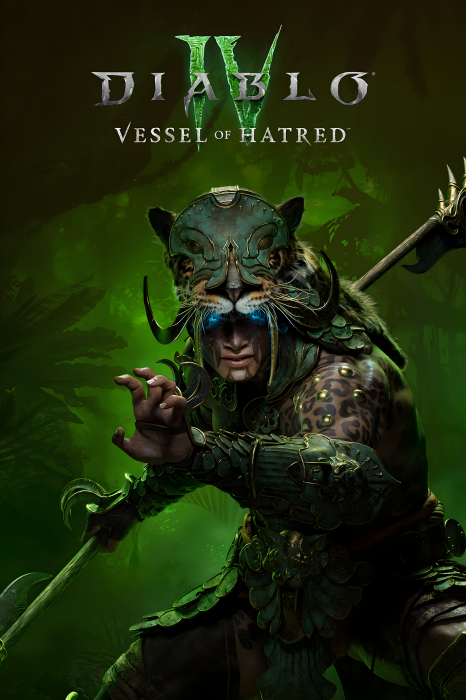
Pros
- Spiritborn is an excellent addition to the roster
- Balance and gameplay changes allow you to focus more on killing demons, less on inventory management
- Mercenaries and Runewords improve build variety
- Mephisto steals every scene
Cons
- Too much jungle
- Story is transitional, little in the way of satisfying payoff
Following the release of Diablo IV in June 2023, the game received many updates, with seasonal content adding new questlines, events and gameplay mechanics to give players new metas to chase and challenges to overcome. Hot on the heels of the game’s largest content overhaul - Loot Reborn - comes the game’s first paid expansion, Vessel of Hatred. Continuing where the main game’s narrative left off and featuring a new class, the Spiritborn, is a return to the dark world of Sanctuary in pursuit of the Lord of Hatred warranted, or has this expansion been corrupted by the influence of Mephisto?
Loot Reborn and Rebalanced
Diablo IV is a loot-grind action role-playing game developed by Blizzard Entertainment, arguably the founding pillar of the genre, and the Vessel of Hatred expansion doesn’t seek to reinvent the wheel, but rather refine it, often by turning to the past for inspiration. The core concepts are easily grasped by anybody who has played a Diablo game before: you choose a character class which features a unique skill tree and several potential playstyles depending on what skills and equipment you choose, and cut a bloody swathe through hordes of enemies, racking up EXP, gold and gear. The latter of which is, of course, the highlight of the game, as each piece of gear spawns with several randomly generated stats - finding gear drops that best suits your chosen build and playstyle is the meat of the game.
The “Loot Reborn” overhaul implemented earlier in the year tweaked some core mechanics… leaving the player with a more streamlined experience.
If you haven’t played Diablo IV in a while, the “Loot Reborn” overhaul implemented earlier in the year tweaked some core mechanics and added new events, some of which have been further altered or refined in Vessel of Hatred. Loot generally has fewer and lower stats compared to older versions of Diablo IV, but a lot of the junk stats have also been removed. Couple this with lower drop rates that focus on gear quality that may actually be useful to you and there’s now much less fussing around in inventory screens, scanning scores of junk gear to find the one promising bit of loot that might actually be worth refining into something worth equipping. Most of the familiar endgame events and mechanics are back: Helltides, Nightmare Dungeons, Legions, World Bosses, etc., and you’ll still be grinding to get materials to reroll stats on gear and hunting for rare unique drops (now much less stingy than in previous versions of the game), but Blizzard Entertainment has wisely trimmed a lot of the fat, leaving the player with a more streamlined experience. Further tweaks and rebalances abound: enemy mobs are denser, merchants and important NPCs have been moved to facilitate quicker access, more stashes can be found spread throughout bastions of civilization, defensive stats have been streamlined, and more.
The new loot system makes drops scarcer, but what does drop is often higher quality, resulting in less tedious time spent in the inventory screen and more time fighting demons.
Inspired by the Past
Joining old events and mechanics are some new innovations, like the Pit of the Artificer (added before Vessel of Hatred, but now given new importance due to it unlocking endgame difficulties) the Kurast Undercity and the Dark Citadel, the latter two of which are timed dungeons suspiciously similar to Diablo III’s Nephalem Rifts. Another gameplay element salvaged from the series’s past are the addition of Runes, socketable items that can be paired together in armor to create Runewords, which provide bonus effects as long as certain conditions are met. While not nearly as game-changing as the original Runes were in Diablo II: Lord of Destruction, your ability to freely pair Ritual Runes and Invocation Runes to generate and consume Offering (the resource that determines when Runeword effects proc) gives the system flexibility well-suited to Diablo IV’s ever-shifting meta.
Another major addition is the reintroduction of Mercenaries, a staple in both Diablo II and Diablo III that has returned, albeit in a somewhat diminished form, in Vessel of Hatred. You’ll get your first mercenary early in the expansion’s main questline and up to four mercenaries can be unlocked if you’re willing to do their unique side quests. You can have two mercenaries accompany you at a time, although one is relegated to the status of a reinforcement character who only appears sparingly under set conditions to offer assistance, while the full mercenary sticks around and fights on a more permanent basis. You can’t equip mercenaries with items in Vessel of Hatred, but each one has their own unique skill tree that provides a mix of passive bonuses to the player and active attacks. Mercenaries also gain Rapport when assigned to accompany you, unlocking skill points for their skill tree and other bonuses to incentivize you to take them along. It’s a nice addition, even if Diablo III’s mercenaries had more involved questlines, more developed personalities, and better gameplay relevance due to your ability to kit them out.
Vessel of Hatred brings back many elements from past Diablo games, including runewords, mercenaries, and timed dungeons that play suspiciously like Nephalem Rifts.
Pursuing Hatred
Many of the aforementioned new events and gameplay changes are introduced during or after the new campaign, set in the new region of Nahantu. Located at the southern edge of the map, Diablo II veterans will recognize this region as the setting of Act III in that venerable relic from the turn of the millennium. While the old names and locations may be enough to ignite a spark of nostalgia, in this regard, at least, Vessel of Hatred doesn’t lean too much on the past.
As one might expect from its depiction in Diablo II, Nahantu consists mainly of jungle. Technical advancements allow elevation to break up the scenery a bit, but there’s still an awful lot of muddy paths fenced in by cliffs or foliage forming corridors, accounting for a great amount of the new region’s scenery. This is broken up somewhat by regions corrupted by infernal forces, Mesoamerican-inspired ruins and grassy badlands, but it can be hard at times to distinguish one generic stretch of jungle from another. This might not be a novel nitpick but some extra variety in the scenery - more setpieces, perhaps? - might have been nice. Along with new scenery you’re also getting region staples that tie Nahantu to the rest of the game: three Strongholds await to be conquered along with numerous new dungeons, and instead of Altars of Lilith you now have thirty Tenets of Akarat to find.
While the numerous gameplay elements added in Vessel of Hatred improve the game substantially, Nahantu isn’t the most interesting of regions… except for when it’s peddling nostalgia.
The new questline picks up where the vanilla game ended, with the Cathedral of Light reeling and reactionary following Diablo IV’s endgame, their machinations ultimately driving the player into Nahantu. During your search for Neyrelle you’ll encounter a variety of new characters, with the plot largely revolving around completing various rituals to gain spiritual aid of one sort or another. While the setting may not be new, Vessel of Hatred delves into Nahantu’s native religions more deeply than any Diablo game has before, with a heavy emphasis on the Spiritborn. This makes playing the new class feel like the right choice, although it can feel a bit disjointed starting a fresh character while skipping the campaign.
The deep dive into the Spiritborn’s religion is a highlight, as is any moment when a certain Prime Evil is honoring us with his presence, but a feud with a new rival doesn’t get enough development to really be compelling. Interesting events transpire and the stakes are raised, but there’s little in the way of resolution in this story, making it feel entirely transitional - Vessel of Hatred is building towards something bigger, which is fine, but it does so at the expense of any satisfying payoff.
While the story of Vessel of Hatred doesn’t have a satisfactory conclusion, its exploration of the religions native to Nahantu provides a welcome bit of lore.
A Spirit Reborn?
By far the most compelling addition to the core Diablo IV experience is the new class, the Spiritborn. Something of a mix between the Druid, Rogue and Sorcerer, the Spiritborn is a dexterity-based, athletic polearm user who channels various spirit guardians to deal elemental damage to foes. These spirit guardians define the Spiritborn’s playstyle: Gorilla skills deal physical damage, knock down enemies, improve block chance, damage reduction and generate barriers, Eagles skills deal electrical damage and boost movement speed and dodge chance, Jaguar skills are fire-based and focus on attack speed and generating Ferocity stacks and Centipede skills inflict poison damage.
A mix between the Druid, Rogue and Sorcerer, the Spiritborn offers a playstyle unlike anything we encountered in Diablo IV previously.
At first it might be tempting to pick a spirit and stick with it, but there’s a lot of synergy between spirit types, especially when you complete the Spiritborn’s class quest and unlock their Spirit Hall, which, among other boons, counts all skills as if they belong to a chosen spirit. Unique drops further blur the lines, as well as numerous skills designed to give passive bonuses and effects that play off various parameters like evasion, blocking, inflicting the Vulnerable or Poison debuff, just to name a few. We primarily went with an Eagle/Vulnerable build (force of habit), but as various unique drops found their way onto our character we were compelled to divest from our original playstyle and lean more heavily into barrier-based boons and spamming ultimate skills. Eventually our primary means of offense was evading through mobs of enemies while using ultimate skills and proccing Runewords - a playstyle unlike anything we encountered in our hundreds of hours spent with Diablo IV previously.
The Spiritborn - the new class in Vessel of Hatred - is a dexterity-based, polearm wielder whose powers come from four types of spirit guardians.
Graphically Vessel of Hatred hasn’t changed the aesthetics much - Diablo IV was graphically competent enough when it launched, and that hasn’t changed, for better or worse. The cutscenes that include the player character are still a treat, as are the cinematics of which Blizzard still outclasses its peers, which helps the player’s toon feel special and adds extra weight to cutscenes when Blizzard Entertainment decides to utilize them. On the flip side, some important plot developments are left to the lower-quality, zoomed-out models featured in normal gameplay, and these can’t help but feel a bit cheap in comparison. Sound and voice acting are top-notch, as always, even if we can’t think of a single track that managed to earwig us.
Despite the story being transitional and Nahantu being somewhat bland, Vessel of Hatred maintains the momentum established by Loot Reborn and continues to refine and polish the Diablo IV experience. Diablo IV has arguably never been more fun to play and the addition of the excellent Spiritborn to the roster should be sufficient to entice lapsed players back and give diehards another fixation.
Vessel of Refinement
Improved mechanics, polished gameplay and the introduction of the Spiritborn makes Vessel of Hatred the best version of Diablo IV to date.
Gameplay:
Sound:
Graphics:
Story:
Value Rating:

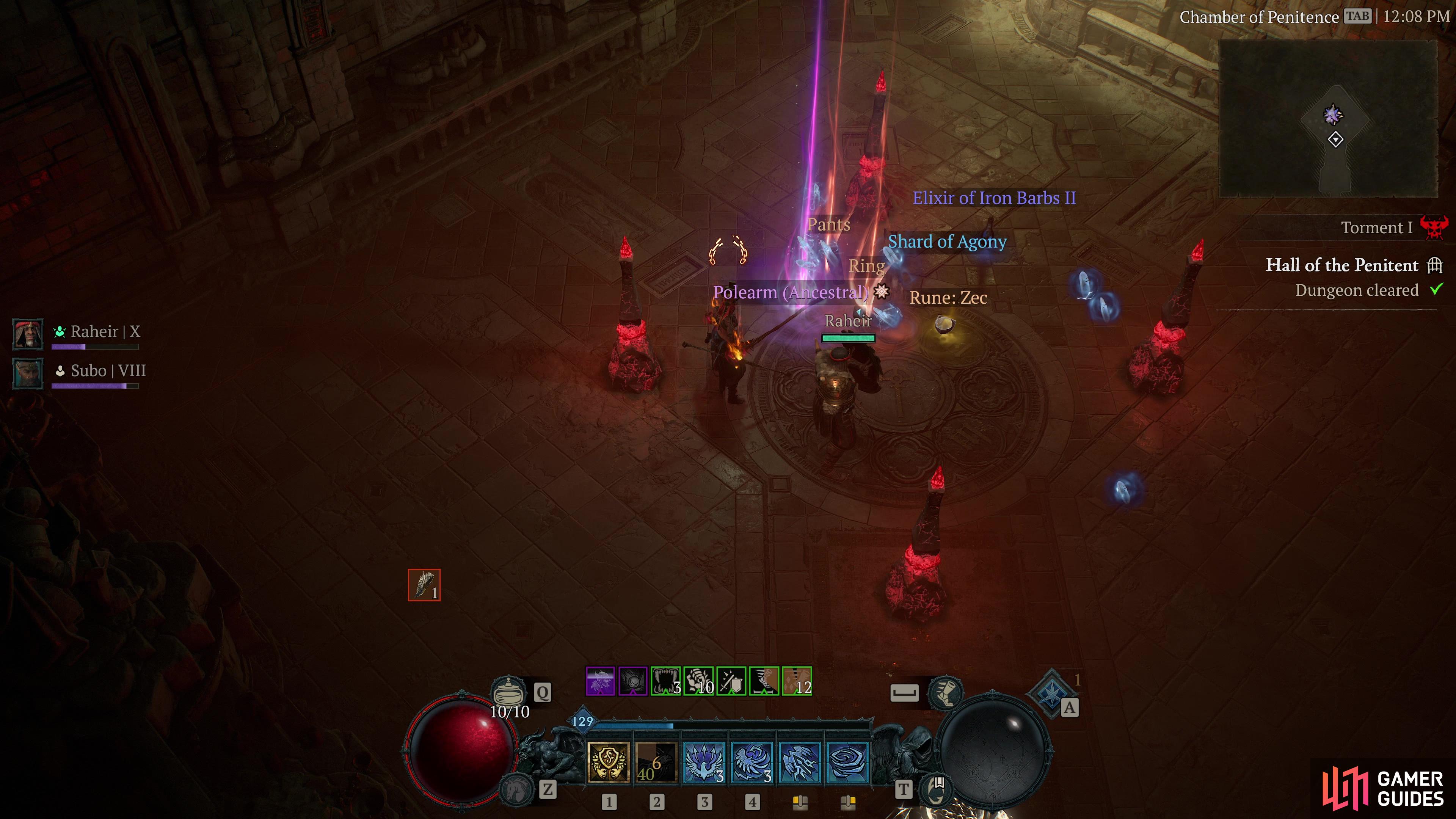
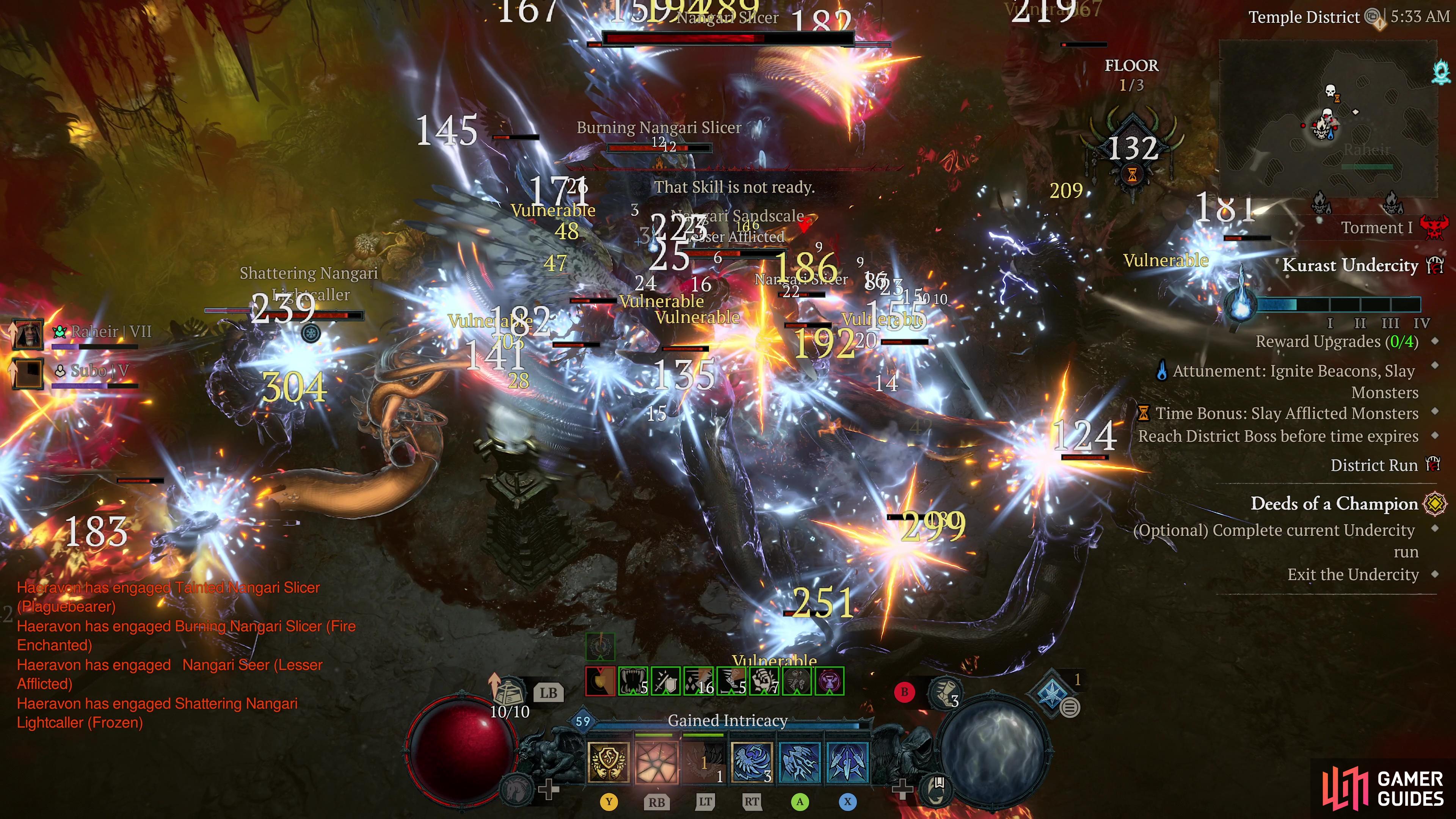
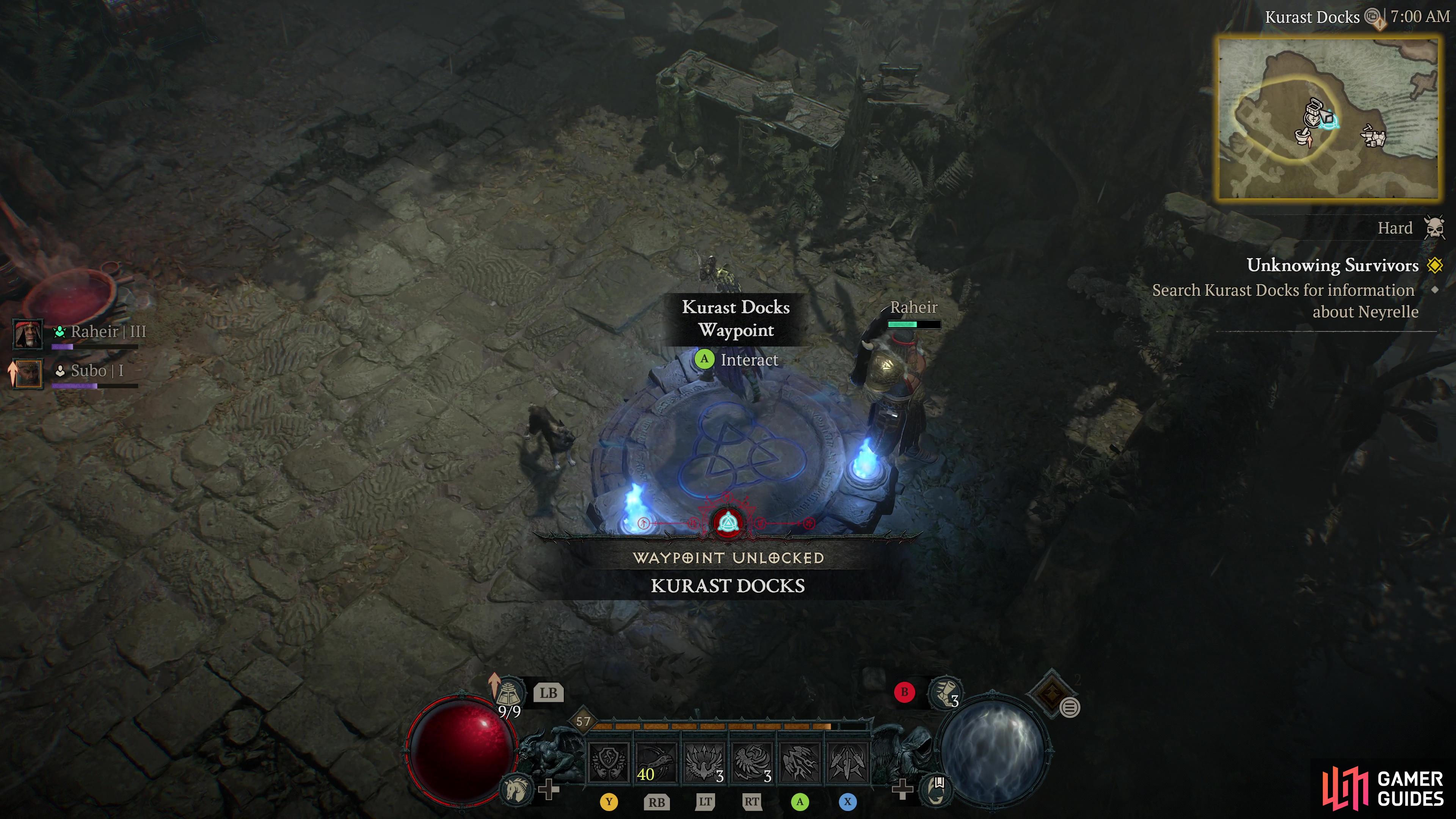
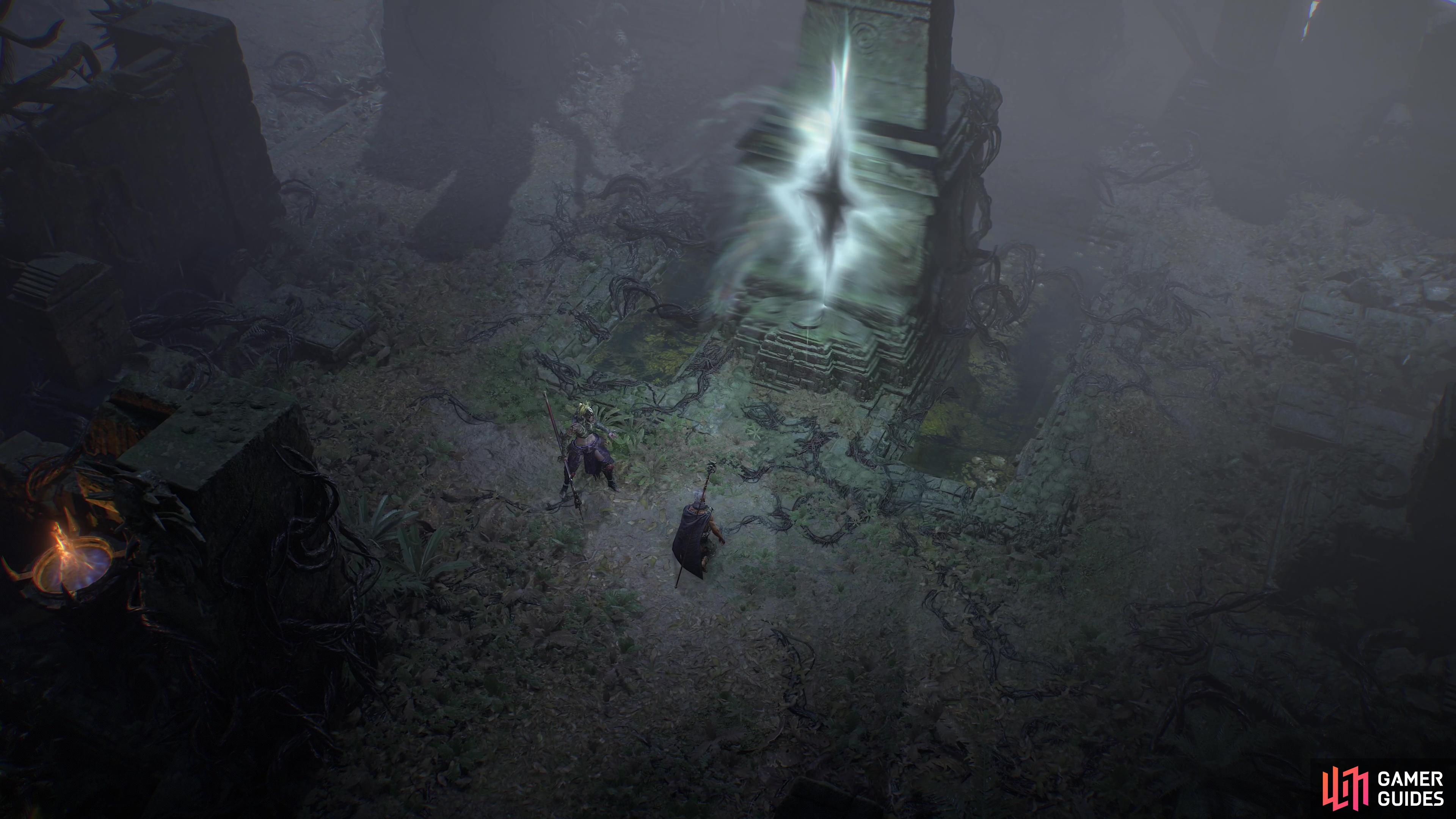
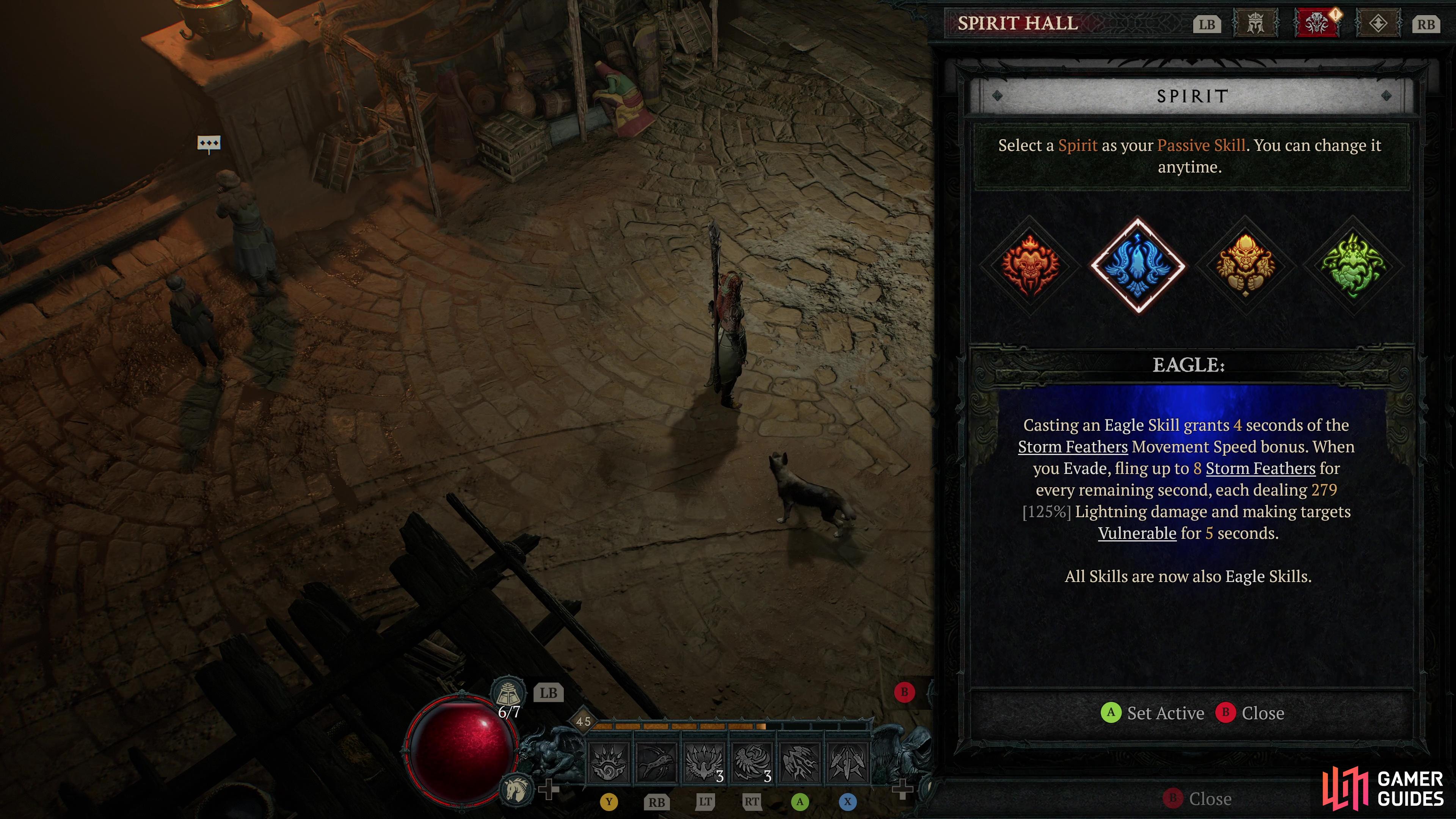


 Sign up
Sign up
Do you have to have finished the main campaign from DIV to play this? Edit Awesome review!
You can skip the vanilla Diablo 4 campaign and jump right into Vessel of Hatred, if you want!